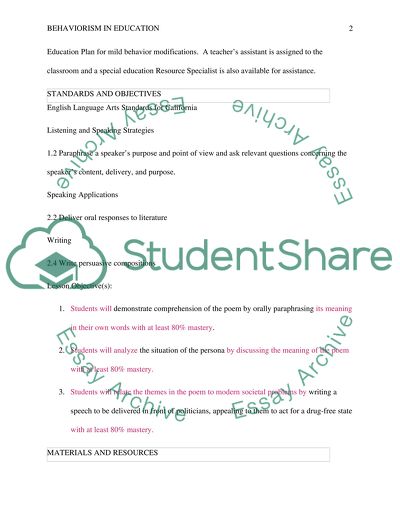Cite this document
(“Behaviorism Essay Example | Topics and Well Written Essays - 3250 words”, n.d.)
Behaviorism Essay Example | Topics and Well Written Essays - 3250 words. Retrieved from https://studentshare.org/education/1463476-behaviorism
Behaviorism Essay Example | Topics and Well Written Essays - 3250 words. Retrieved from https://studentshare.org/education/1463476-behaviorism
(Behaviorism Essay Example | Topics and Well Written Essays - 3250 Words)
Behaviorism Essay Example | Topics and Well Written Essays - 3250 Words. https://studentshare.org/education/1463476-behaviorism.
Behaviorism Essay Example | Topics and Well Written Essays - 3250 Words. https://studentshare.org/education/1463476-behaviorism.
“Behaviorism Essay Example | Topics and Well Written Essays - 3250 Words”, n.d. https://studentshare.org/education/1463476-behaviorism.


